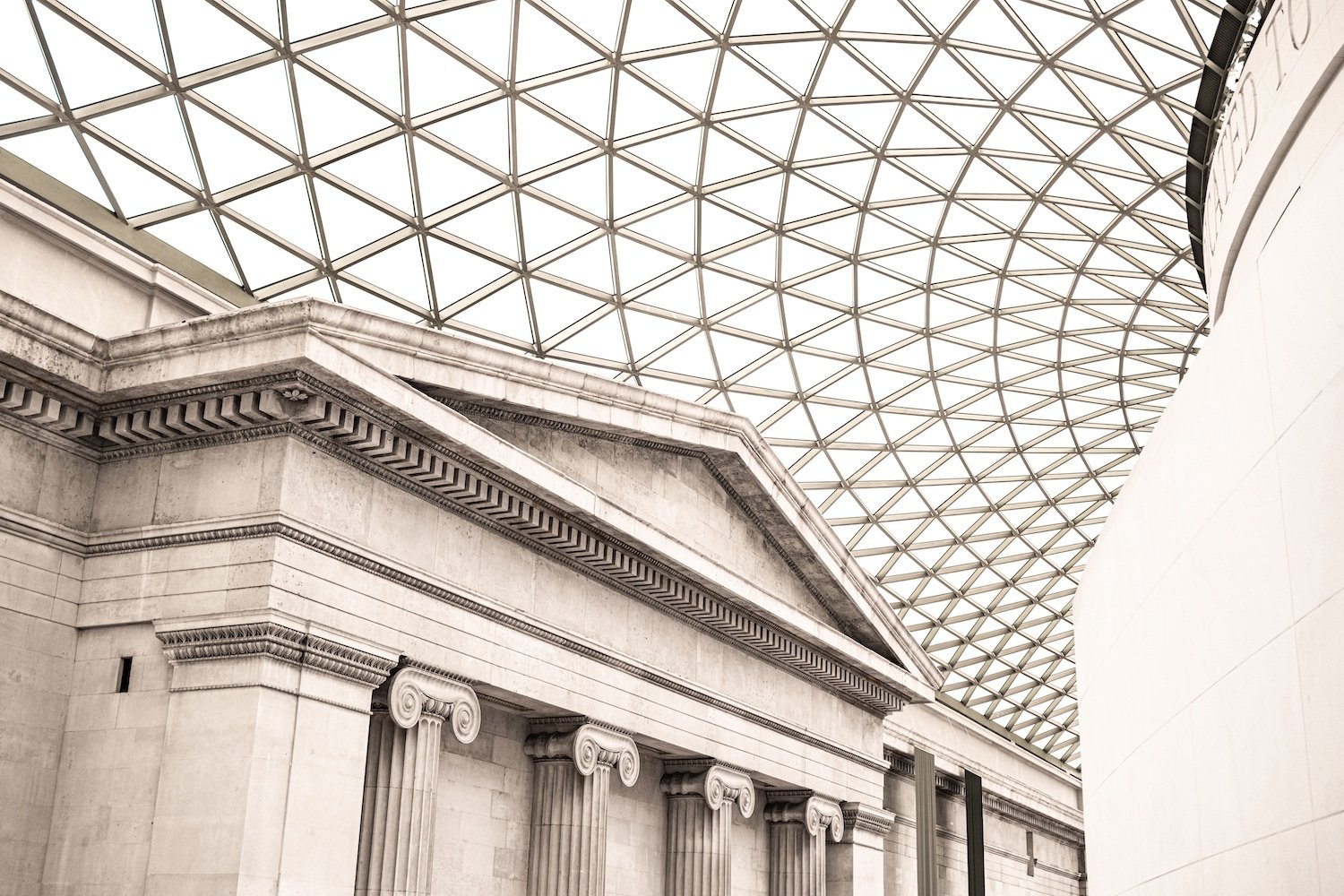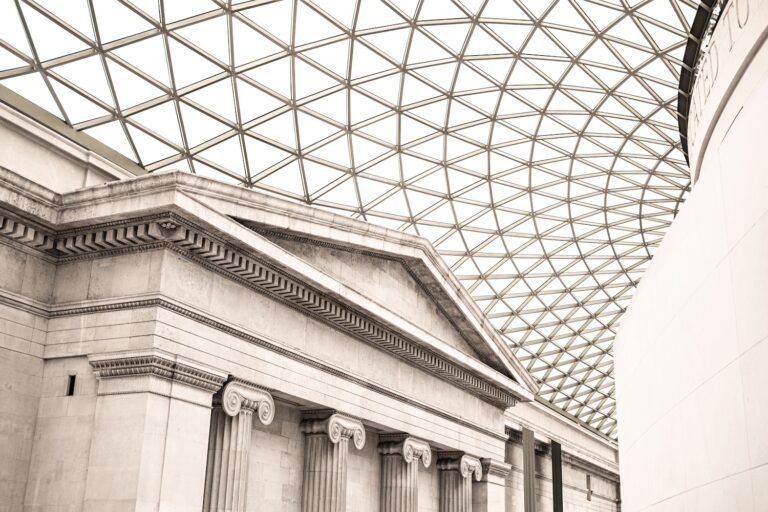Glass holds a rich and captivating history that stretches back to ancient times. As we embark on an enlightening journey to explore the origins of stained glass, we find ourselves transported to a world where artistry and spirituality converge.
Origins of Stained Glass
The ancient world witnessed the birth of stained glass, with early examples found in Egyptian and Roman civilizations.
However, it was during the medieval period that stained glass truly flourished. Gothic architecture in Europe led to the use of stained glass windows in churches and cathedrals. These stunning works of art allowed light to pass through, creating a heavenly aura and transforming sacred spaces.
Masterpieces of Gothic Stained Glass
From the 12th to the 16th centuries, Gothic stained glass reached its zenith in Europe.
Chartres Cathedral in France boasts breathtaking windows renowned for their storytelling prowess. Scenes from the Bible and the lives of saints come alive through rich colors and intricate details.
Renaissance Revival
During the Renaissance, stained glass underwent a transformation influenced by changing artistic trends.
The focus shifted from narrative storytelling to a more classical and symbolic approach. Renaissance stained glass featured elegant figures, intricate patterns, and vibrant colors.
Cultural Influences
Stained glass played a significant role not only in religious contexts but also in various cultural movements.
Islamic art’s exquisite, tiled mosaics and geometric patterns influenced stained glass in regions touched by Islamic culture, such as Spain and North Africa.
Art Nouveau and Tiffany-Stained Glass
In the late 19th and early 20th centuries, a new era of stained glass emerged with the Art Nouveau movement.
Artists like Louis Comfort Tiffany embraced organic forms, flowing lines, and nature-inspired motifs. Their stained-glass masterpieces continue to captivate.
Contemporary artists experiment with new techniques, materials, and interpretations, pushing the boundaries of traditional stained glass. From abstract designs to three-dimensional installations, stained glass is now used in innovative ways, both to enhance architectural spaces and as independent art forms.
In this ever-evolving journey, stained glass remains a testament to human creativity, adaptability, and the profound symbiosis between art and the human experience.




